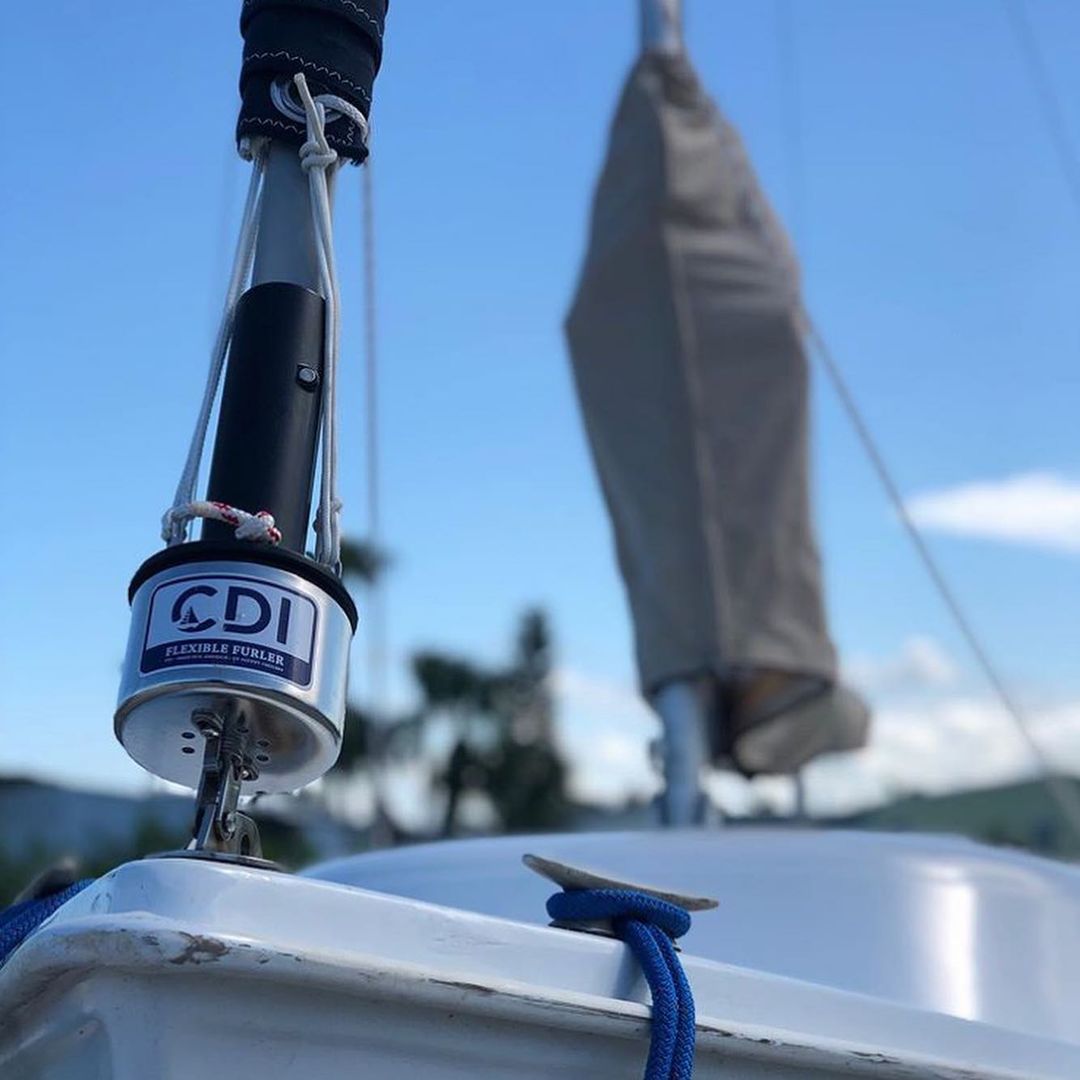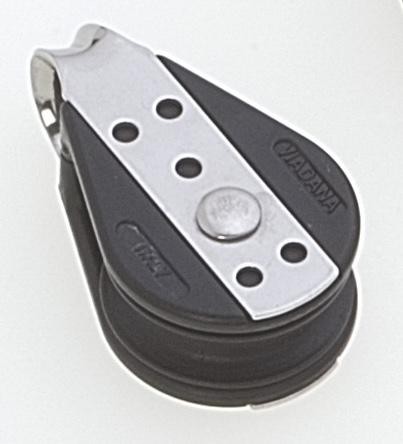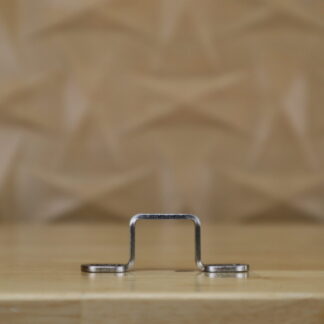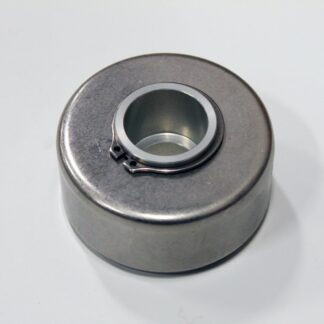How to Set your Internal Halyard Length

One of the main advantages of the CDI Flexible Furler is the internal halyard, From giving you flexibility to add a genoa sleeve or other accessory to be run off your rigs existing halyard, to eliminating the possibility of halyard wrap on your headsail having an internal halyard is a huge advantage.
When your Flexible Furler arrives, the halyard will likely arrive too long.
Do not cut the halyard until the Flexible Furler installation is complete.
After you have your new Flexible Furler installed on your boat, and you are ready to hoist your sail, now is the time to determine the correct length for your halyard.
Using the safety line attached to the sail end of your halyard, pull the halyard end down. Make sure to attach a safety line to the opposite side so that the ferrule end of the halyard can be pulled back to the bottom once the sail is secured.
Some trial and error will be required to get the length just right.
Tie the head of your sail to the halyard, start by estimating how much length you may want to remove from the halyard and secure the head of the sail at that point. Do not cut yet. Hoist the sail, and note how far the head is from the top. Lower the sail, and retie the head to take up that gap.
Repeat this process until the sail sits at the correct position on your forestay. Finish by lowering the sail, cutting the excess off of the halyard line, and melting the end of the line to prevent fraying.
Make sure to contact us if you have any questions! We are always happy to help!























